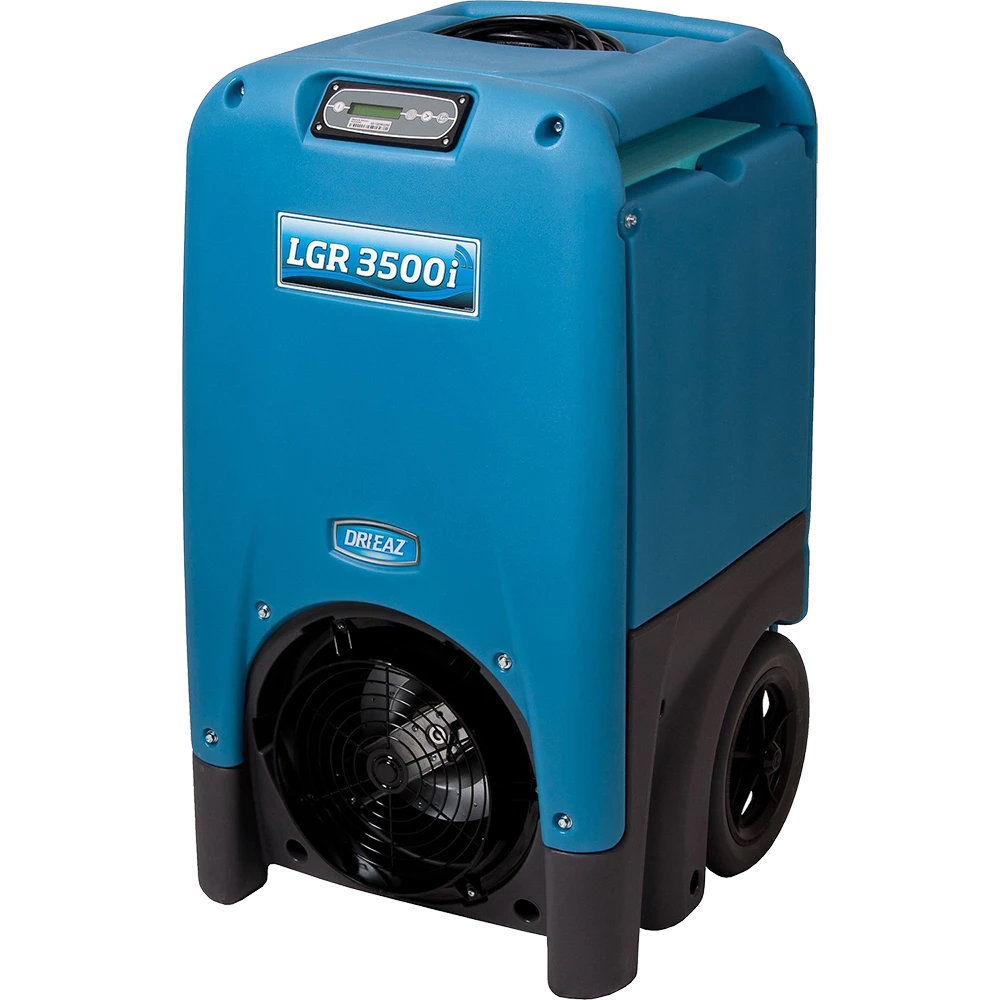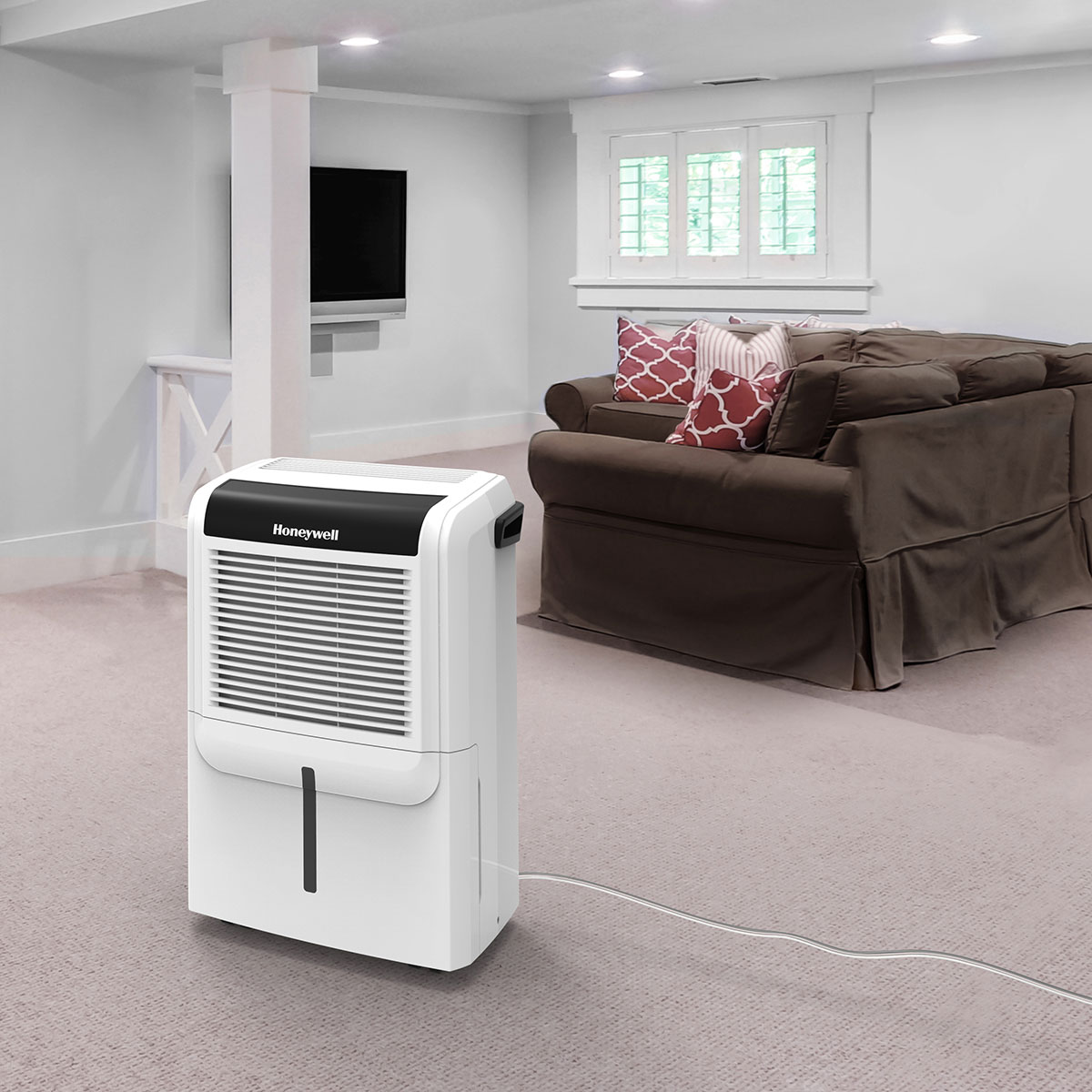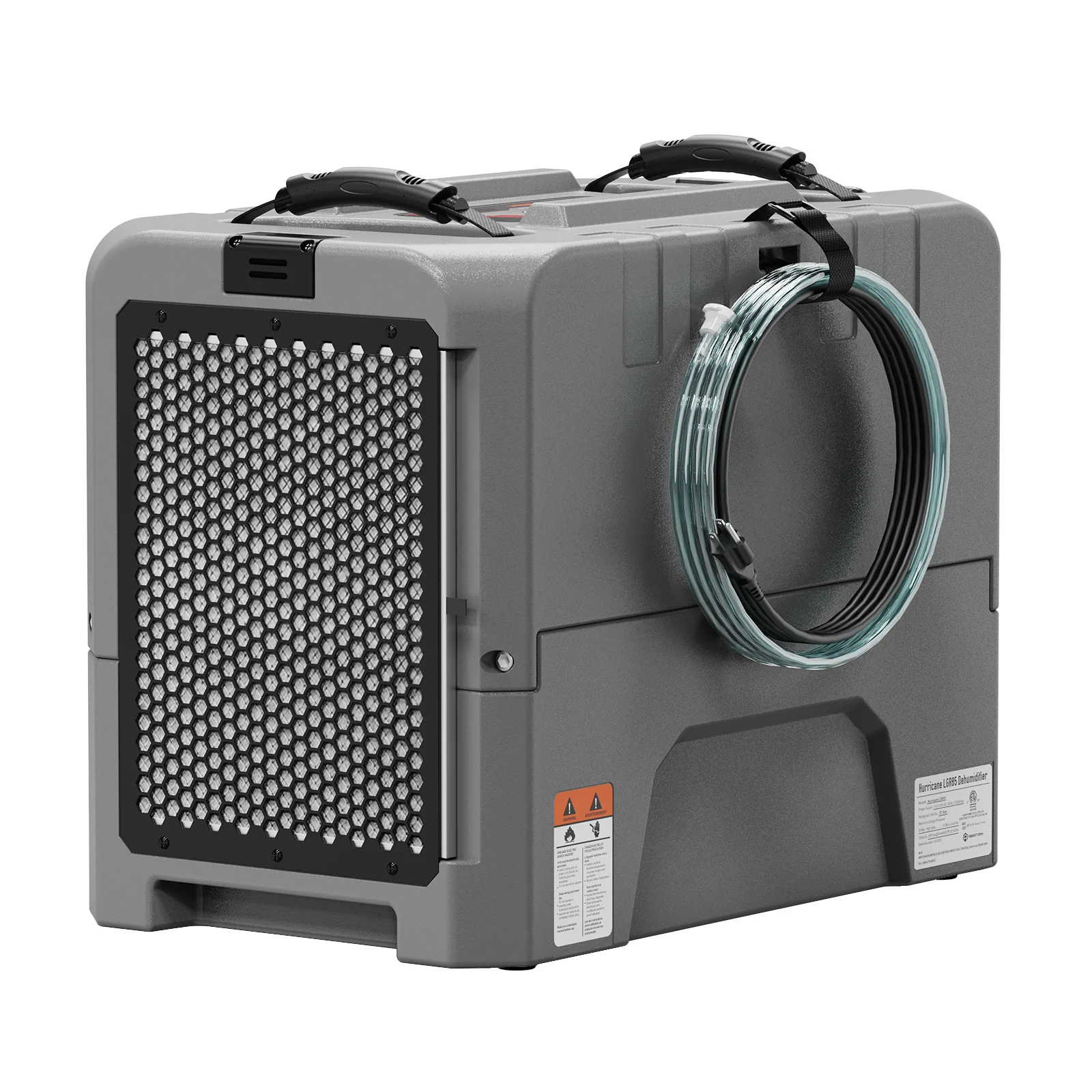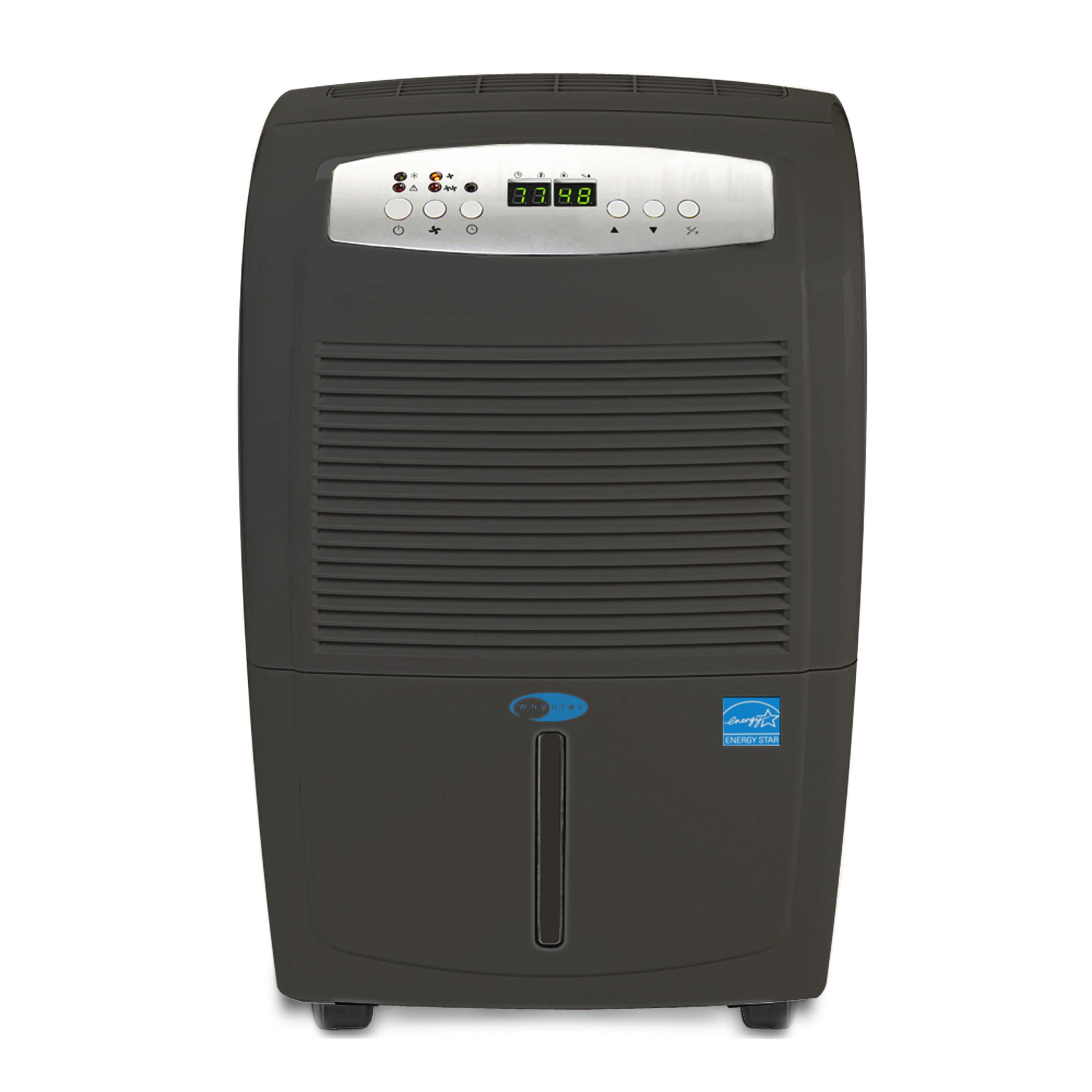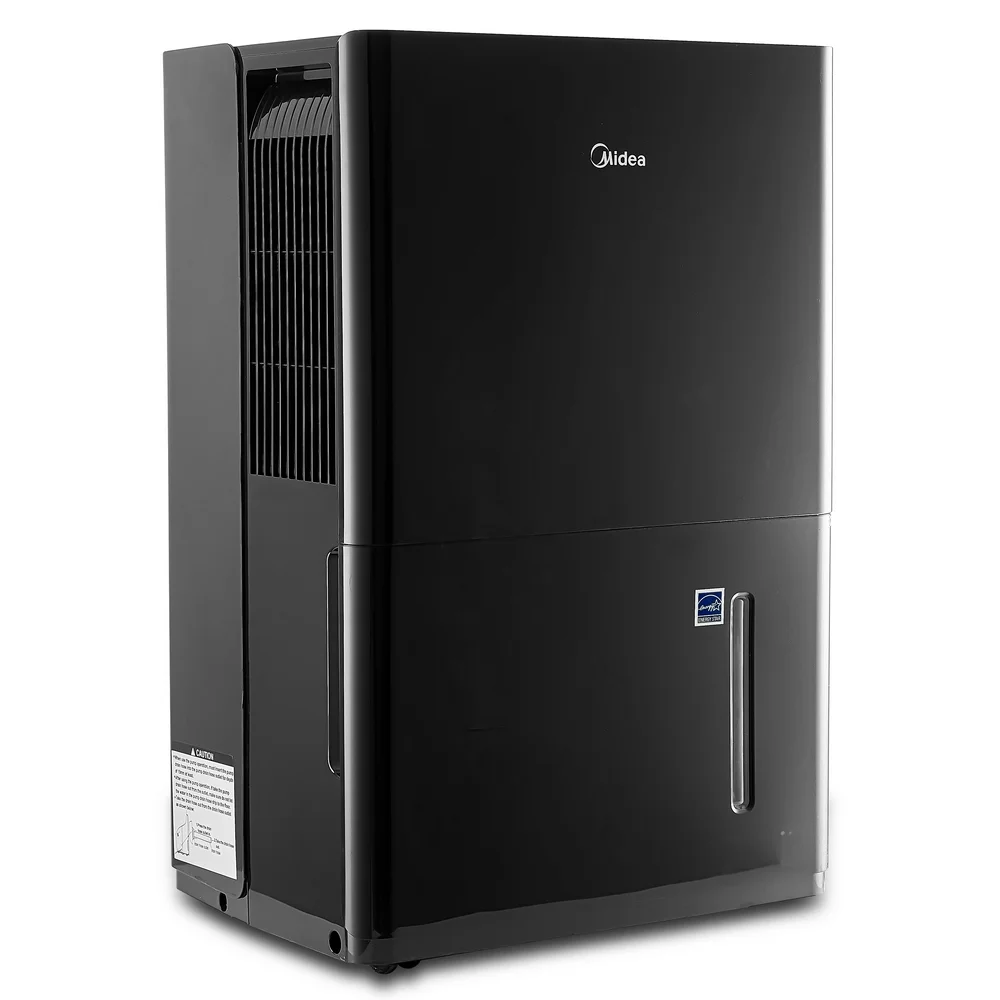In today’s modern living spaces, maintaining optimal indoor air quality is essential for comfort and health. One of the key appliances that contribute to this goal is the dehumidifier. If you’re wondering what does a dehumidifier do, you’re not alone. This article delves deep into the functionalities, benefits, and practical applications of dehumidifiers to help you make informed decisions for your home or office environment.
What Exactly is a Dehumidifier?
A dehumidifier is an electrical appliance designed to reduce and maintain the level of humidity in the air. By extracting excess moisture, it creates a more comfortable and healthier living space. Understanding what does a dehumidifier do involves exploring its core components and the science behind its operation.
Core Components of a Dehumidifier
A typical dehumidifier consists of several key components that work in tandem:
- Fan: Circulates the humid air over the cooling coils.
- Cooling Coils: Remove moisture from the air by cooling it below its dew point.
- Water Collection Tank: Collects the extracted moisture for easy disposal.
- Humidistat: Monitors and controls the humidity levels within the room.
- Air Filter: Cleans the air by trapping dust and other particles.
The Science Behind Dehumidification
The primary function of a dehumidifier involves the condensation process. When humid air passes over the cooling coils, the temperature drops, causing the moisture in the air to condense into water droplets. This water is then collected in the tank, while the drier air is released back into the room. This cycle continues until the desired humidity level is achieved, as regulated by the humidistat.
Health Benefits of Using a Dehumidifier
Understanding what does a dehumidifier do also means recognizing its impact on health. Excessive humidity can lead to various health issues, and a dehumidifier helps mitigate these risks.
Prevents Mold and Mildew Growth
High humidity levels create an ideal environment for mold and mildew to thrive. These fungi can cause allergic reactions, respiratory issues, and structural damage to your home. By maintaining optimal humidity levels, a dehumidifier effectively prevents the growth of mold and mildew.
Reduces Allergens
Dust mites and other allergens thrive in humid environments. By reducing moisture in the air, a dehumidifier decreases the population of these allergens, making the indoor environment healthier, especially for those with allergies or asthma.
Alleviates Respiratory Problems
Excess humidity can exacerbate respiratory conditions such as asthma and bronchitis. A dehumidifier helps in maintaining clean and breathable air, thereby alleviating symptoms and improving overall respiratory health.
Enhancing Comfort in Your Living Space
Comfort is a significant factor in deciding to use a dehumidifier. Here’s how it contributes to a more comfortable living environment.
Regulates Temperature
While dehumidifiers primarily remove moisture, they also help in regulating room temperature. By eliminating excess humidity, the air feels cooler and more comfortable, reducing the need for excessive air conditioning.
Prevents Dampness
Dampness in walls and floors can make a space feel cold and uninviting. A dehumidifier eliminates this dampness, ensuring that your home remains cozy and pleasant year-round.
Protects Furnishings and Belongings
Excess moisture can damage furniture, electronics, and other personal belongings. Dehumidifiers help preserve these items by maintaining a stable humidity level, thereby extending their lifespan and preventing costly damages.
Energy Efficiency and Cost-Effectiveness
Investing in a dehumidifier is not only beneficial for health and comfort but also for energy efficiency and cost savings.
Reduces Energy Consumption
By lowering the humidity levels, dehumidifiers reduce the reliance on air conditioners, which often work harder in humid conditions. This leads to lower energy consumption and reduced utility bills.
Long-Term Savings
Preventing mold growth and protecting your belongings from moisture-related damage saves you money in the long run. Additionally, maintaining optimal humidity levels can extend the life of your HVAC systems, further contributing to cost savings.
Energy-Efficient Models
Modern dehumidifiers are designed to be energy-efficient, utilizing advanced technologies such as auto-shutoff and energy-saving modes to minimize power usage without compromising performance.
Types of Dehumidifiers and Their Applications
When exploring what does a dehumidifier do, it’s essential to understand the different types available and their specific applications.
Portable Dehumidifiers
Portable dehumidifiers are versatile and can be moved from one room to another as needed. They are ideal for homes and small offices, providing flexibility in managing humidity levels across different spaces.
Benefits of Portable Units
- Ease of Movement: Equipped with wheels and handles for easy relocation.
- Versatility: Suitable for various room sizes and setups.
- Installation-Free: Simple to set up and operate without professional assistance.
Whole-House Dehumidifiers
Designed to integrate with your home’s HVAC system, whole-house dehumidifiers manage humidity levels throughout the entire house.
Advantages of Whole-House Systems
- Comprehensive Coverage: Ensures consistent humidity control in all areas.
- Convenience: Operates seamlessly with existing heating and cooling systems.
- Increased Home Value: Enhances overall home comfort and energy efficiency, potentially increasing property value.
Desiccant Dehumidifiers
Desiccant dehumidifiers use materials like silica gel to absorb moisture from the air, making them suitable for colder climates where refrigerant-based models are less effective.
Ideal Uses for Desiccant Units
- Cold Environments: Perform efficiently in low-temperature settings.
- Specialized Spaces: Suitable for areas with specific humidity control needs, such as archives or storage rooms.
Choosing the Right Dehumidifier for Your Needs
Selecting the appropriate dehumidifier involves considering various factors to ensure optimal performance and efficiency.
Assessing Room Size and Capacity
The size of the area you intend to dehumidify significantly influences the type and capacity of the dehumidifier needed. Larger rooms or homes require units with higher moisture removal capacities, measured in pints per day.
Features to Consider
Modern dehumidifiers come with a range of features designed to enhance usability and efficiency:
- Automatic Humidistat: Allows precise control over humidity levels.
- Timers: Enable scheduling for operation based on your routine.
- Continuous Drain Options: Facilitate continuous moisture removal without frequent tank emptying.
- Digital Displays: Provide real-time monitoring and settings adjustments.
Energy Efficiency Ratings
Choosing an energy-efficient model not only reduces electricity consumption but also contributes to environmental sustainability. Look for units with high Energy Star ratings, indicating superior energy performance.
Noise Levels
For spaces where quiet operation is essential, such as bedrooms or offices, selecting a dehumidifier with low noise levels is crucial to maintain a peaceful environment.
Installation and Maintenance Tips
Proper installation and routine maintenance are vital to ensure your dehumidifier operates efficiently and has a longer lifespan.
Installation Guidelines
- Placement: Position the dehumidifier in a central location with adequate air circulation. Avoid placing it near walls or furniture that could obstruct airflow.
- Elevation: Elevate the unit slightly, especially for portable models, to enhance moisture extraction efficiency.
- Drainage Setup: If using a continuous drain option, ensure proper hose placement and secure connections to prevent leaks.
Regular Maintenance Practices
- Cleaning the Filter: Regularly clean or replace the air filter to maintain optimal airflow and performance.
- Emptying the Water Tank: Frequently empty the water collection tank to prevent overflow and bacterial growth.
- Inspecting the Coils: Periodically check the cooling coils for dust and debris, cleaning them as necessary to ensure efficient moisture removal.
- Checking for Leaks: Inspect the unit for any signs of water leaks or damage, addressing issues promptly to avoid further complications.
Common Problems and Troubleshooting Tips
Even the best dehumidifiers may encounter issues over time. Understanding what does a dehumidifier do can help you troubleshoot common problems effectively.
Dehumidifier Not Turning On
- Check Power Supply: Ensure the unit is properly plugged in and the power outlet is functioning.
- Reset the Unit: Some models have a reset button that can be pressed to restart the device.
- Inspect the Circuit Breaker: Verify that the circuit breaker hasn’t tripped, cutting off power to the unit.
Inadequate Moisture Removal
- Verify Room Size: Ensure the dehumidifier’s capacity matches the room size.
- Clean the Filters: Dirty filters can restrict airflow and reduce moisture extraction efficiency.
- Inspect for Obstructions: Make sure air vents and coils are free from dust and debris.
Water Leakage
- Check the Water Tank: Ensure the tank is correctly seated and not overfilled.
- Inspect Drainage Hose: Examine the hose for blockages or leaks, ensuring it is properly connected.
- Confirm Seals and Gaskets: Ensure all seals and gaskets are intact to prevent water from escaping the unit.
Unusual Noises
- Identify the Source: Determine if the noise is coming from the fan, motor, or another component.
- Tighten Loose Parts: Secure any loose screws or components that may be causing vibrations.
- Lubricate Moving Parts: For units with moving parts, apply appropriate lubrication to reduce noise.
Integrating Dehumidifiers with Smart Home Systems
In the age of smart technology, dehumidifiers can seamlessly integrate with your smart home ecosystem, offering enhanced control and convenience.
Smart Controls and Automation
Modern dehumidifiers come equipped with smart controls that allow you to manage settings remotely via smartphone apps or voice commands. This integration enables automatic adjustments based on real-time humidity levels and user preferences.
Monitoring and Data Analytics
Smart dehumidifiers provide insights into your home’s humidity patterns through data analytics, helping you make informed decisions about usage and maintenance. This feature ensures optimal performance and efficiency.
Compatibility with Home Assistants
Many dehumidifier models are compatible with popular home assistants like Amazon Alexa and Google Assistant, allowing for hands-free operation and seamless integration into your daily routine.
Real-Life Applications of Dehumidifiers
Understanding what does a dehumidifier do is further enhanced by exploring its real-life applications across various settings.
Residential Use
In homes, dehumidifiers play a crucial role in maintaining comfortable living conditions, preventing mold growth in bathrooms and basements, and safeguarding furniture and electronics from moisture damage.
Commercial Spaces
Businesses such as offices, restaurants, and retail stores use dehumidifiers to create pleasant environments for customers and employees, ensuring the longevity of products and equipment.
Industrial Applications
In industrial settings, dehumidifiers are essential for processes that require controlled humidity levels, such as manufacturing, storage of sensitive materials, and maintaining equipment integrity.
Healthcare Facilities
Hospitals and clinics utilize dehumidifiers to create sterile environments, reduce the spread of airborne pathogens, and ensure the proper storage of medical supplies.
Advances in Dehumidifier Technology
The dehumidifier industry is continually evolving, with advancements aimed at improving efficiency, performance, and user experience.
Energy Efficiency Innovations
Manufacturers are developing energy-efficient technologies, such as variable speed fans and advanced compressors, to reduce power consumption without compromising moisture removal capabilities.
Enhanced Air Purification
Modern dehumidifiers often incorporate advanced air purification features, including UV-C lights and ionizers, to not only control humidity but also eliminate airborne pollutants and pathogens.
Smart Integration and Connectivity
The integration of IoT (Internet of Things) technology allows dehumidifiers to connect with other smart devices, enabling synchronized operations and enhanced control through centralized platforms.
Eco-Friendly Designs
There is a growing emphasis on eco-friendly designs, with manufacturers focusing on recyclable materials, sustainable manufacturing processes, and the use of environmentally safe refrigerants.
Comparing Dehumidifier Brands and Models
With a myriad of options available, choosing the right dehumidifier can be daunting. Here’s a comparison of some leading brands and their standout models.
Frigidaire
Known for reliability and performance, Frigidaire offers a range of dehumidifiers with various capacities and features, including auto-shutoff and continuous drainage options.
hOmeLabs
hOmeLabs is praised for its innovative designs and energy-efficient models. Their dehumidifiers often feature digital displays, multiple fan speeds, and easy-to-clean components.
Honeywell
Honeywell dehumidifiers are celebrated for their durability and effectiveness. They provide models suited for both residential and commercial use, equipped with user-friendly controls and advanced moisture sensors.
Keystone
Keystone offers affordable yet efficient dehumidifier options, making them a popular choice for budget-conscious consumers. Their units typically include essential features like programmable timers and washable filters.
Santa Fe
Santa Fe dehumidifiers are known for their high performance and smart technology integration. They offer models with smart home compatibility, energy-saving modes, and superior moisture removal capabilities.
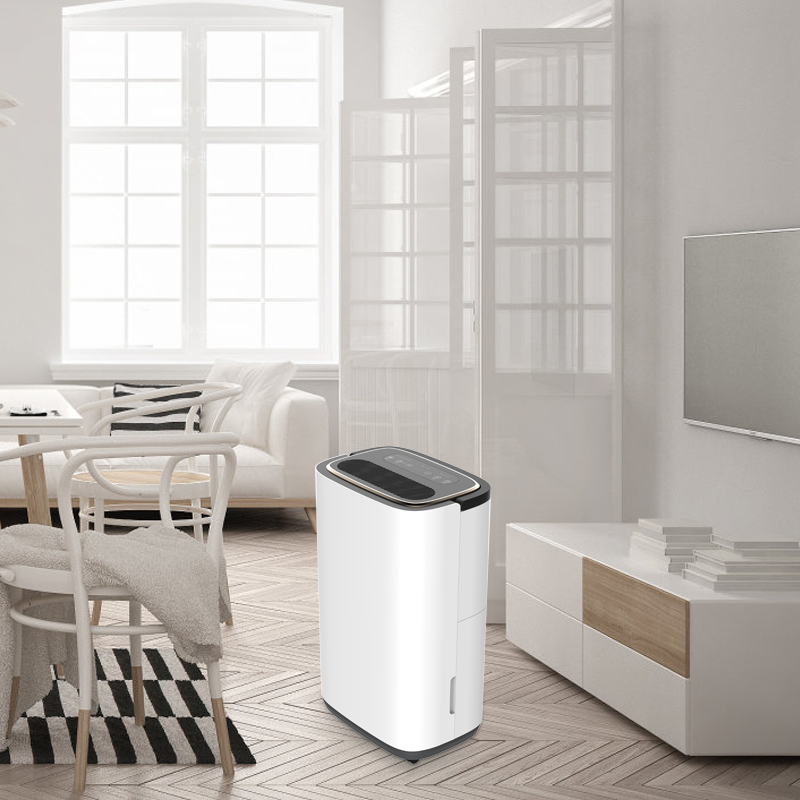 Final Thoughts
Final Thoughts
In summary, a dehumidifier is a crucial appliance for maintaining indoor air quality, enhancing comfort, and safeguarding your home and health. By understanding what does a dehumidifier do, from moisture removal and mold prevention to energy efficiency and smart integration, you can make informed choices that benefit your living environment. Whether you’re dealing with persistent humidity issues or aiming to create a healthier space, investing in a dehumidifier is a practical and effective solution.
Ensuring proper selection, installation, and maintenance of your dehumidifier will maximize its benefits and prolong its lifespan. As technology advances, modern dehumidifiers continue to offer improved features and efficiency, making them indispensable tools in the quest for comfortable and healthy indoor spaces. Whether for residential, commercial, or industrial use, the role of a dehumidifier in managing humidity is undeniable, solidifying its place as a vital component in contemporary living.

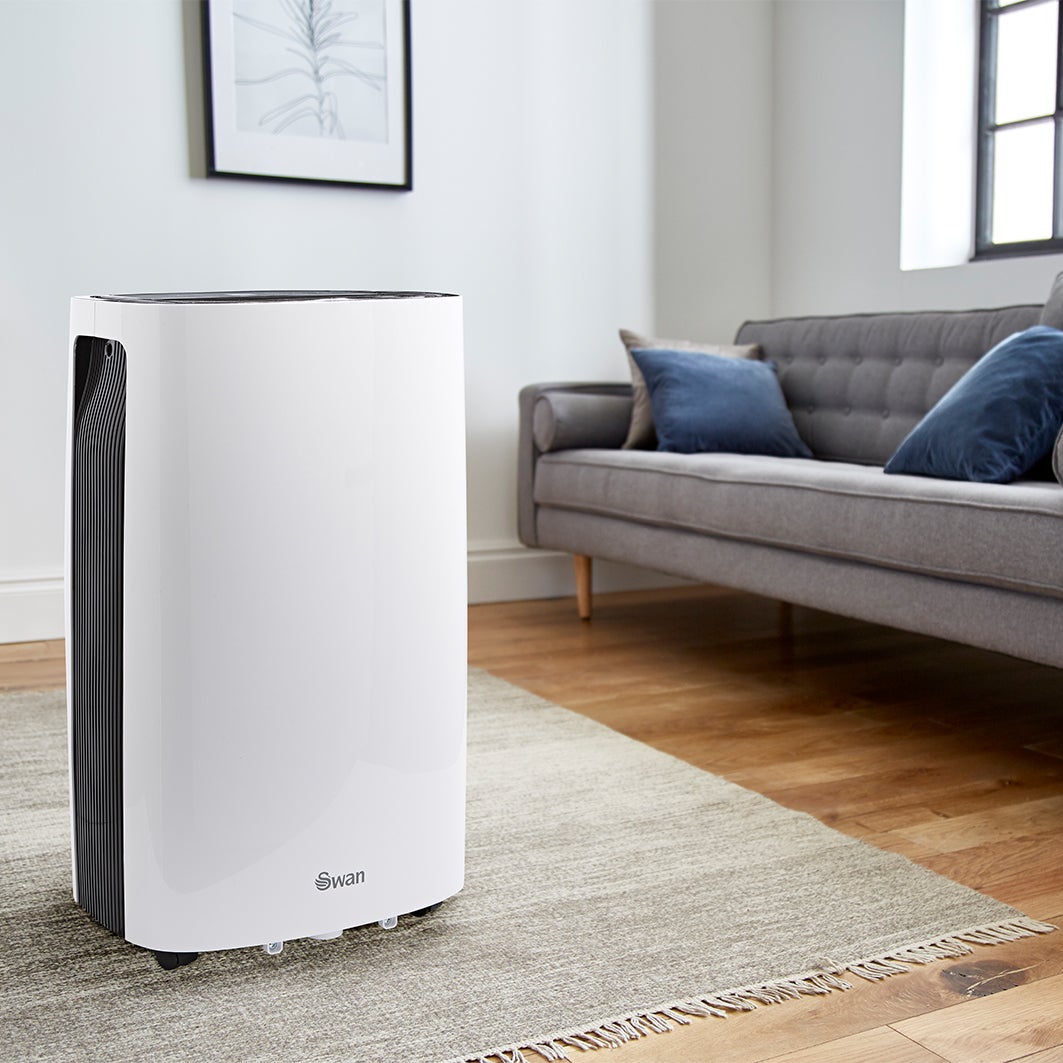
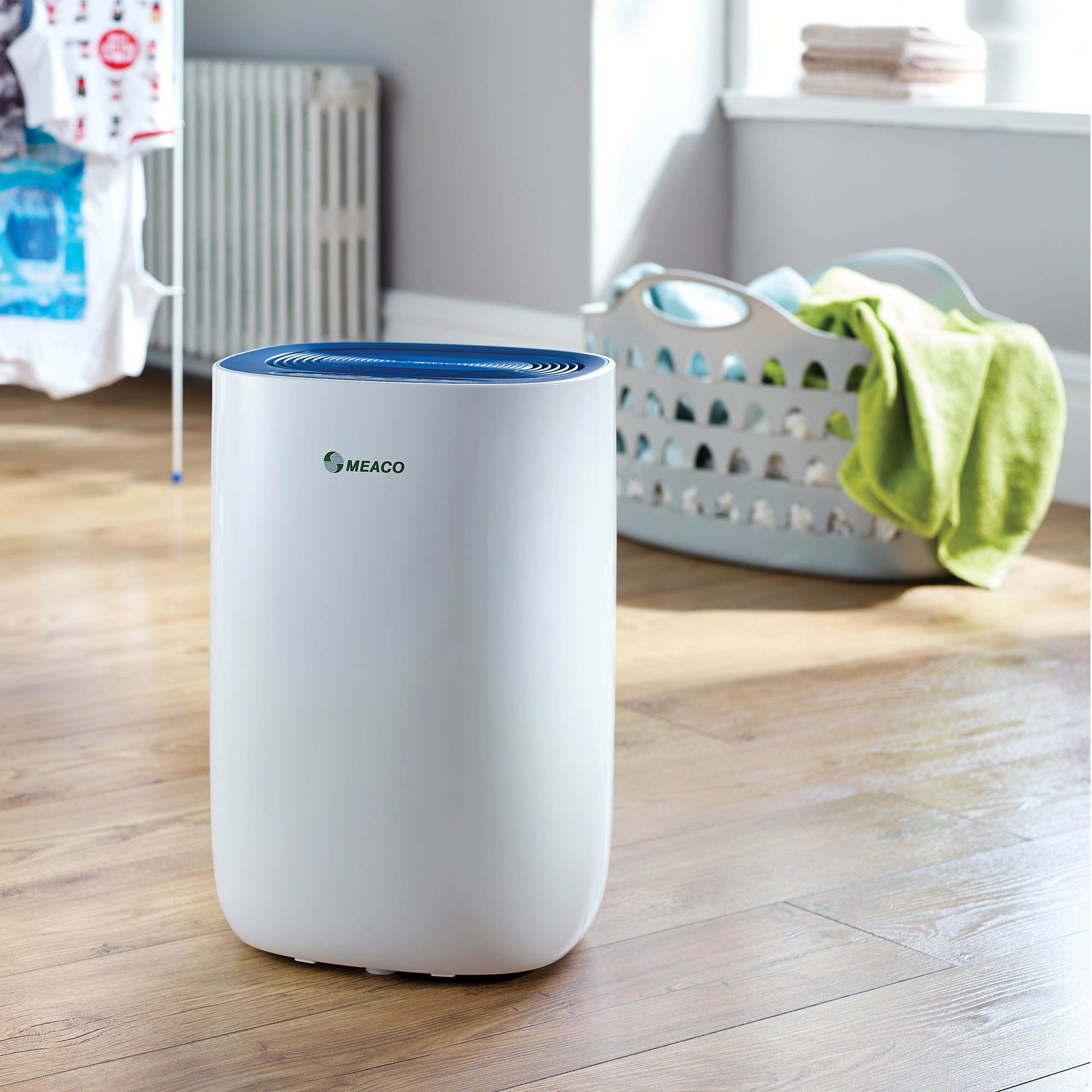



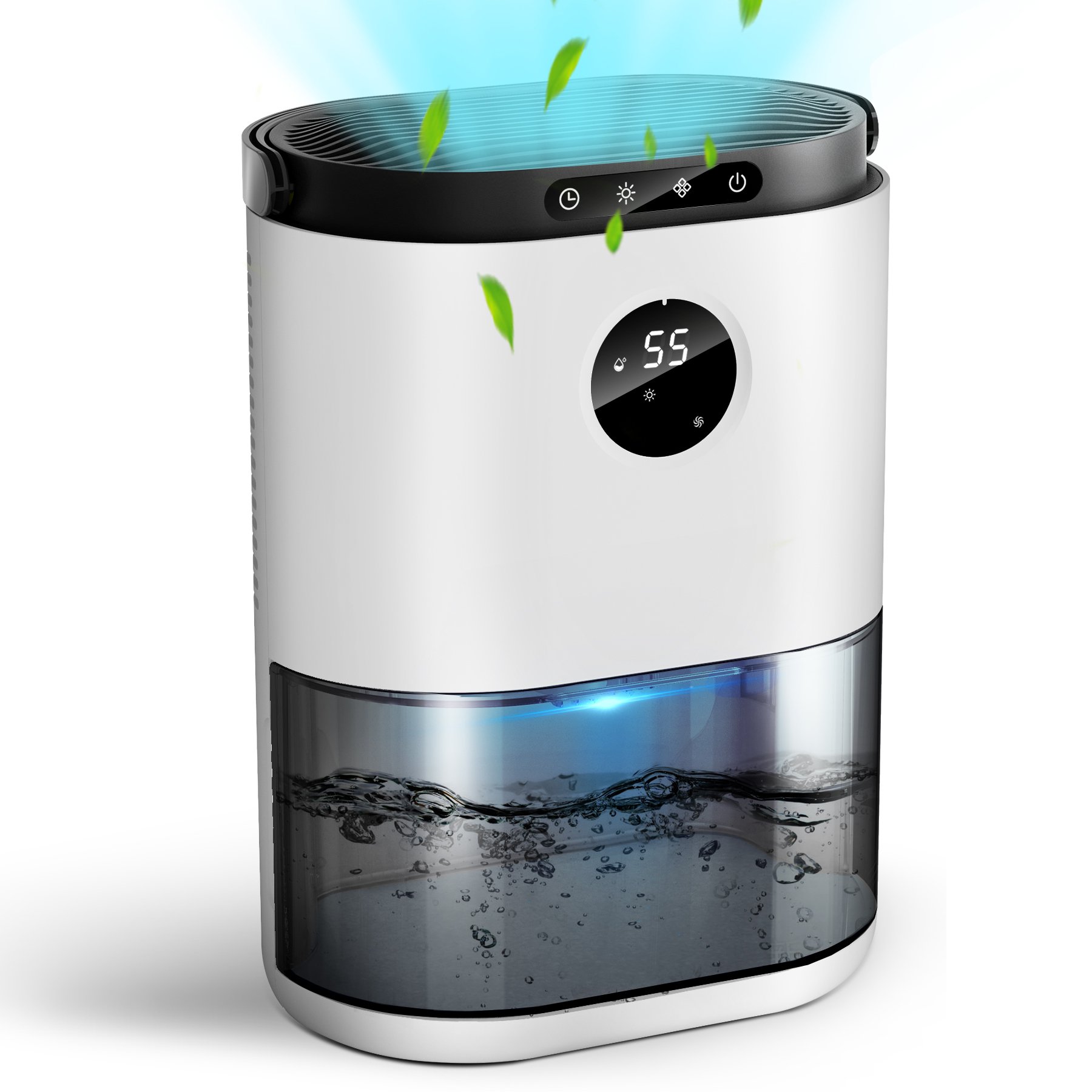
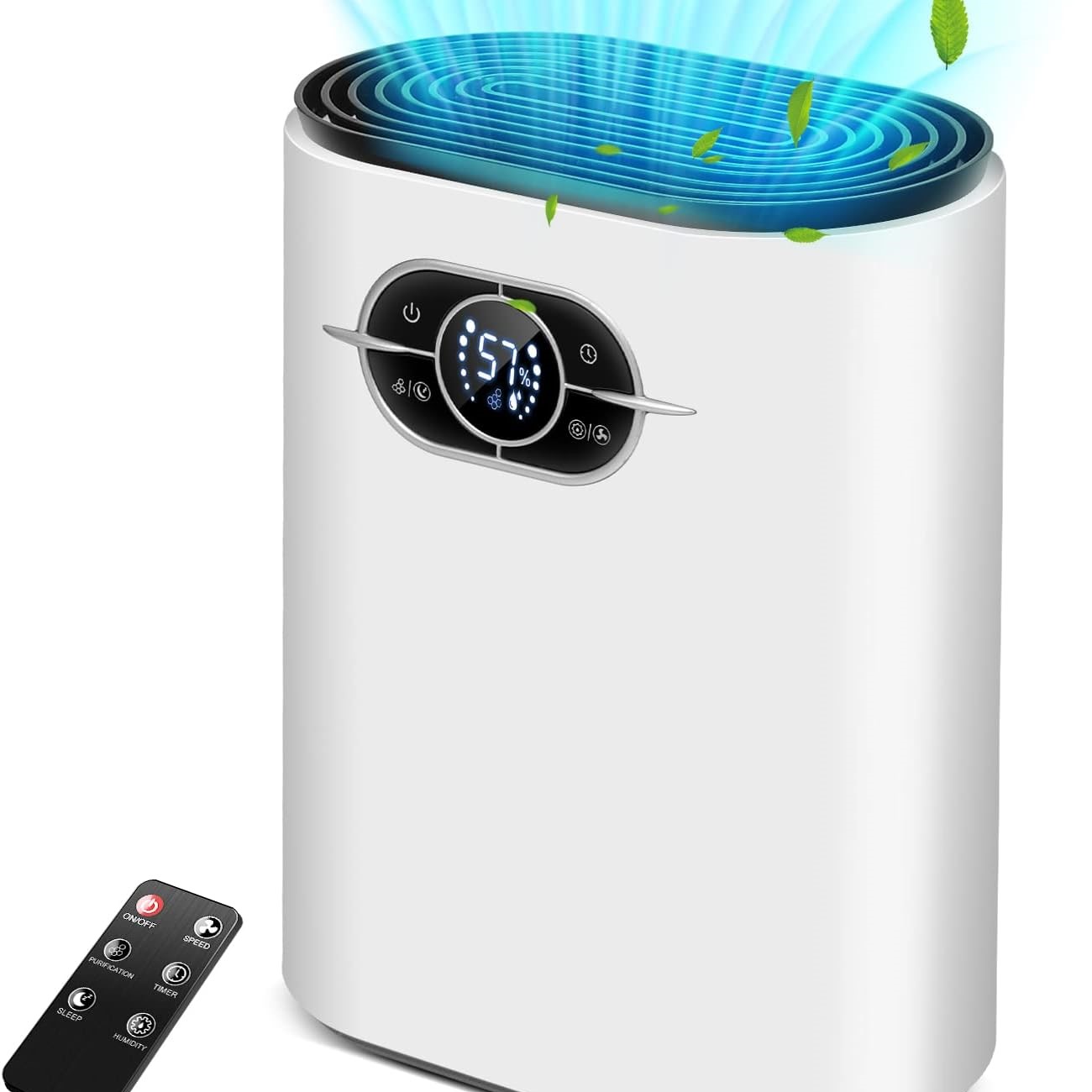
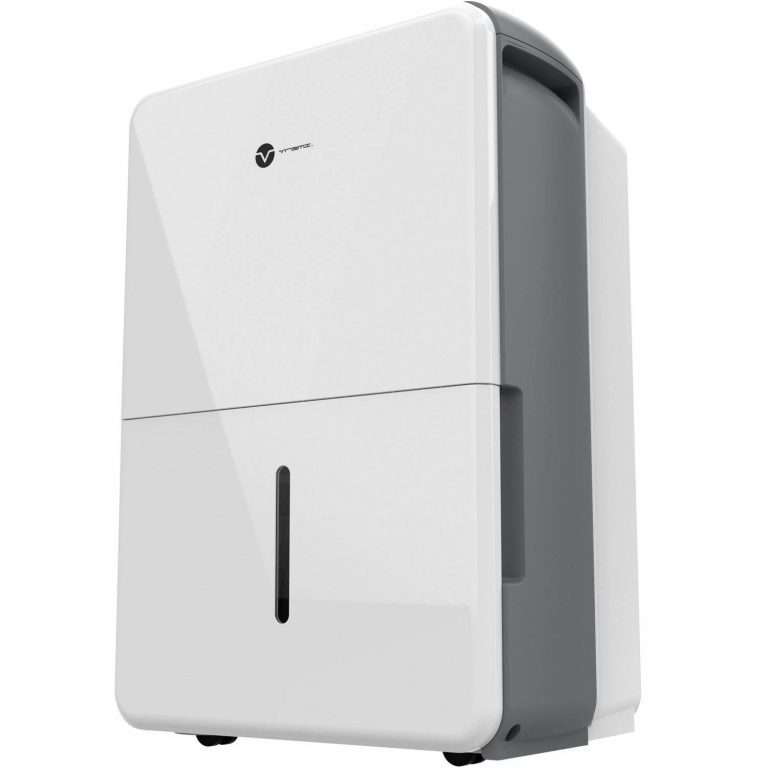
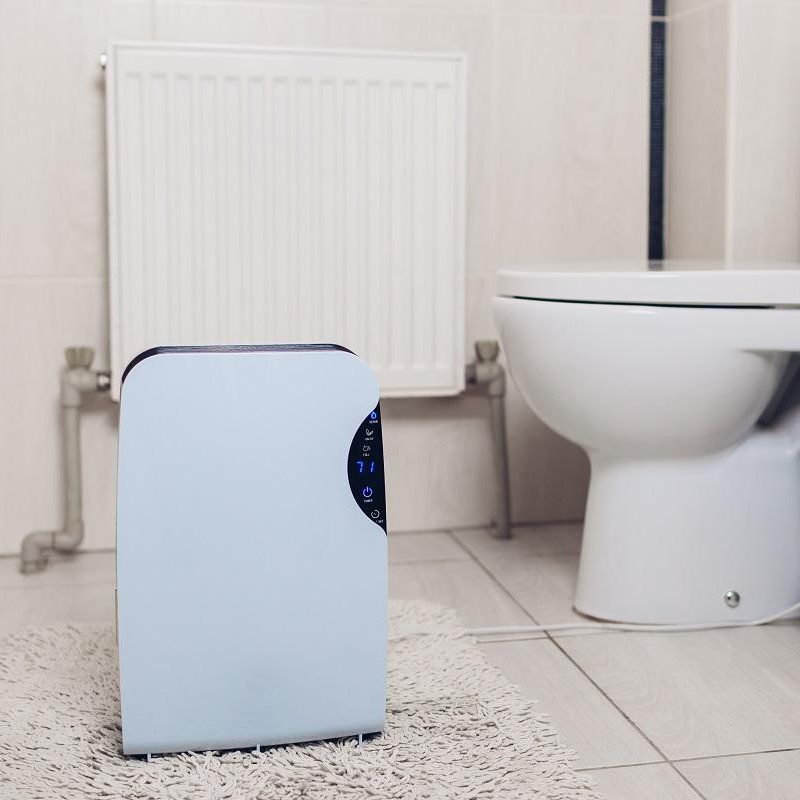
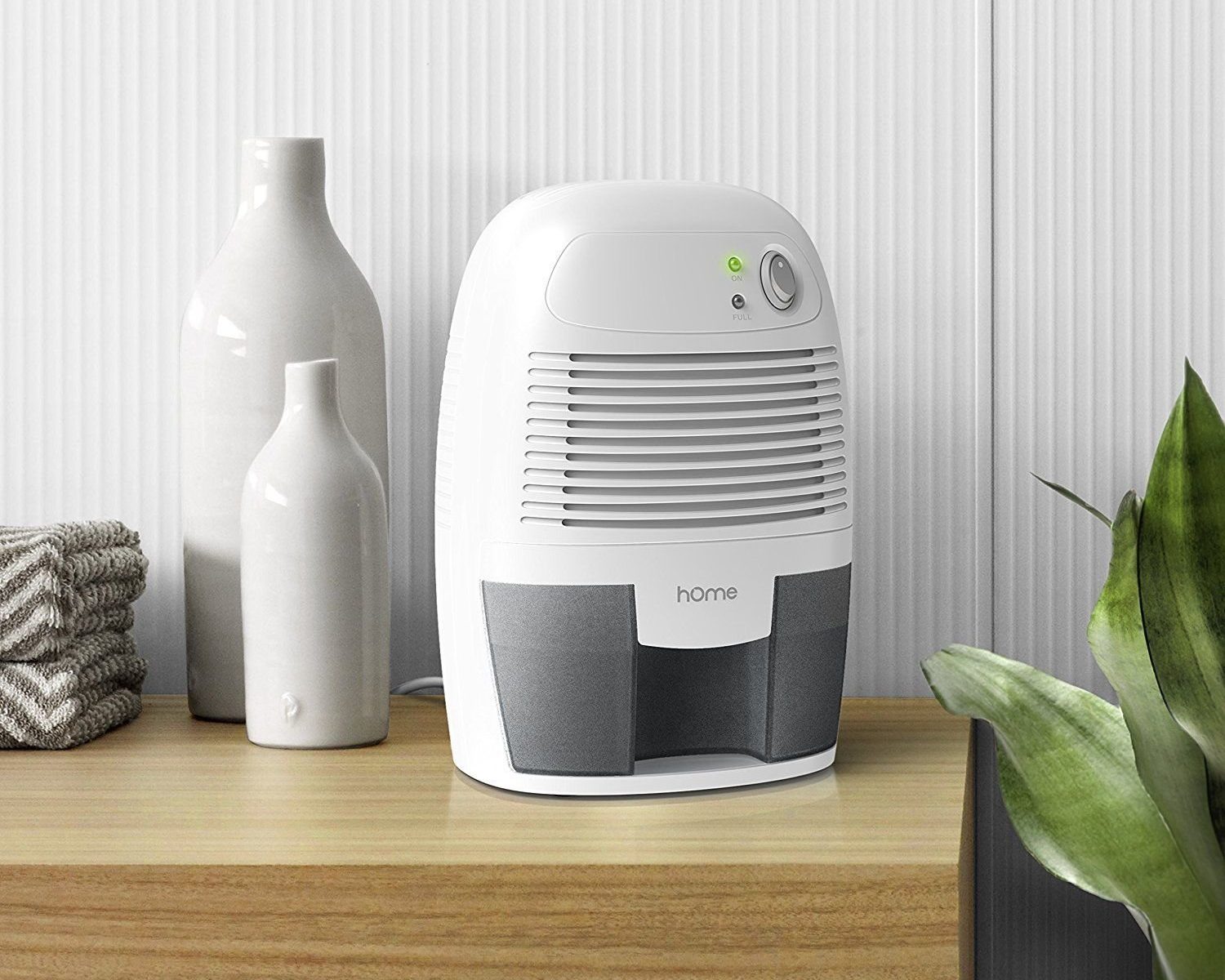
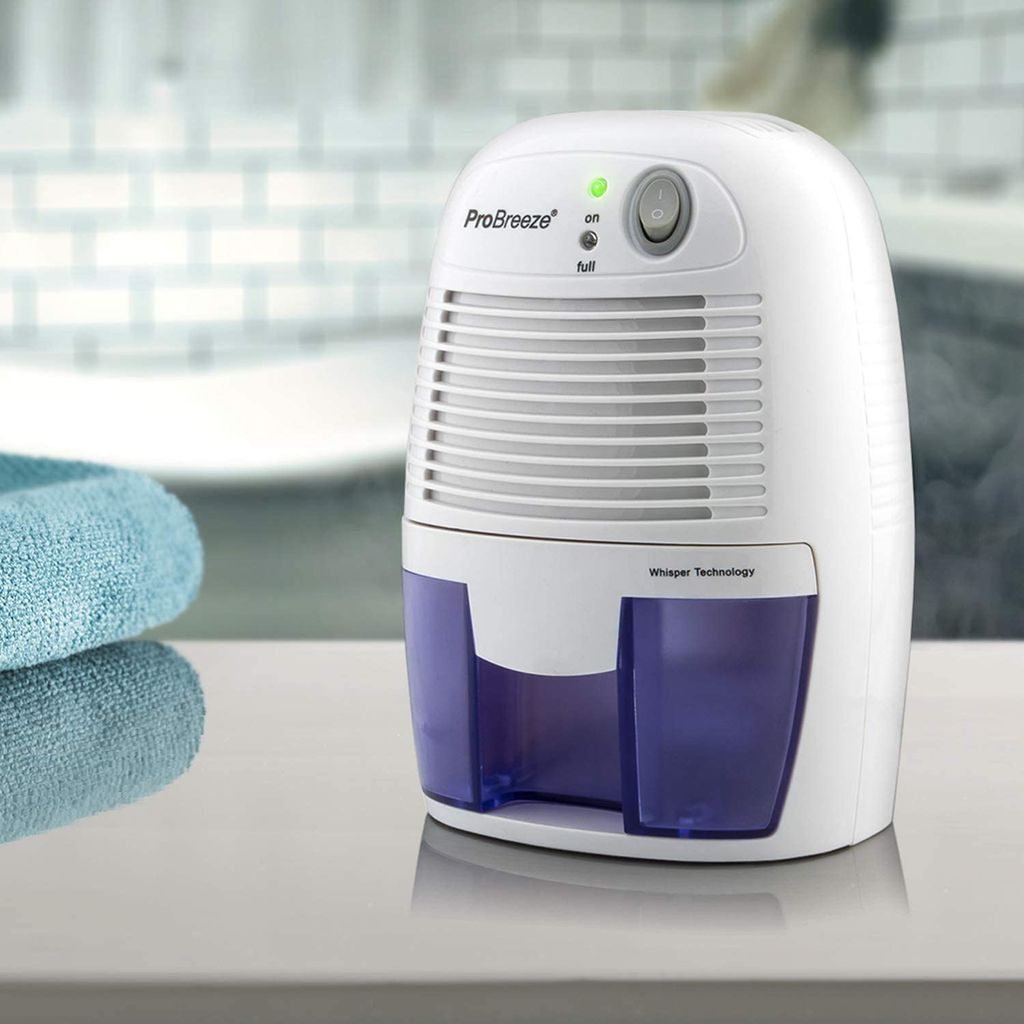

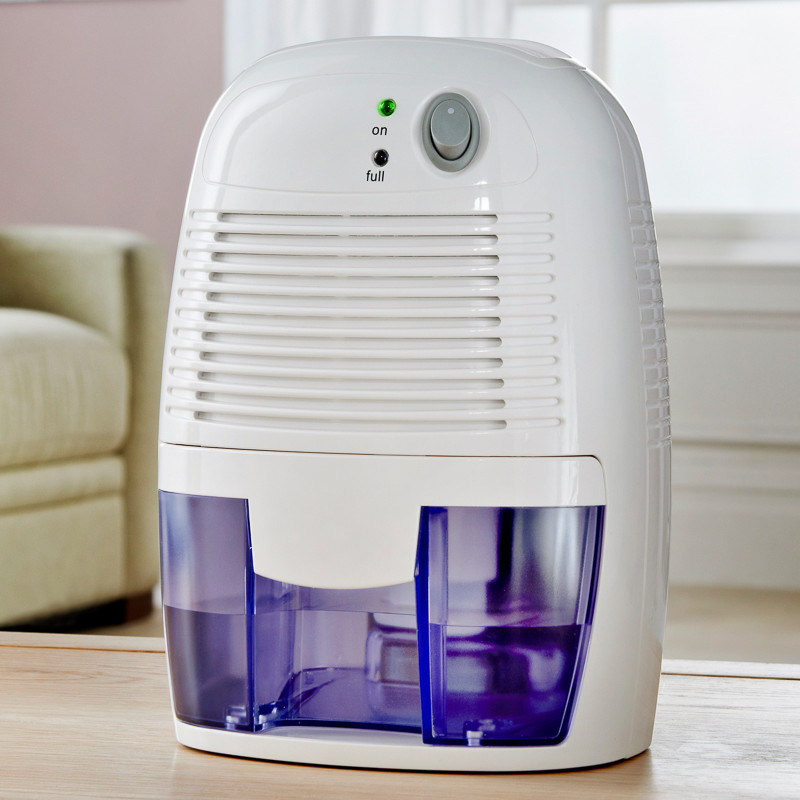
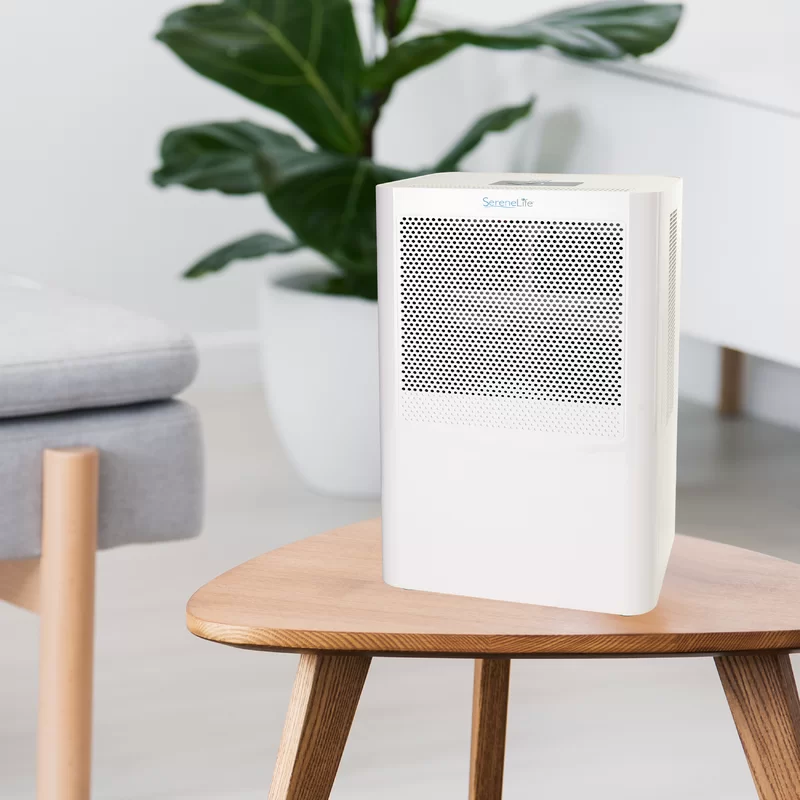
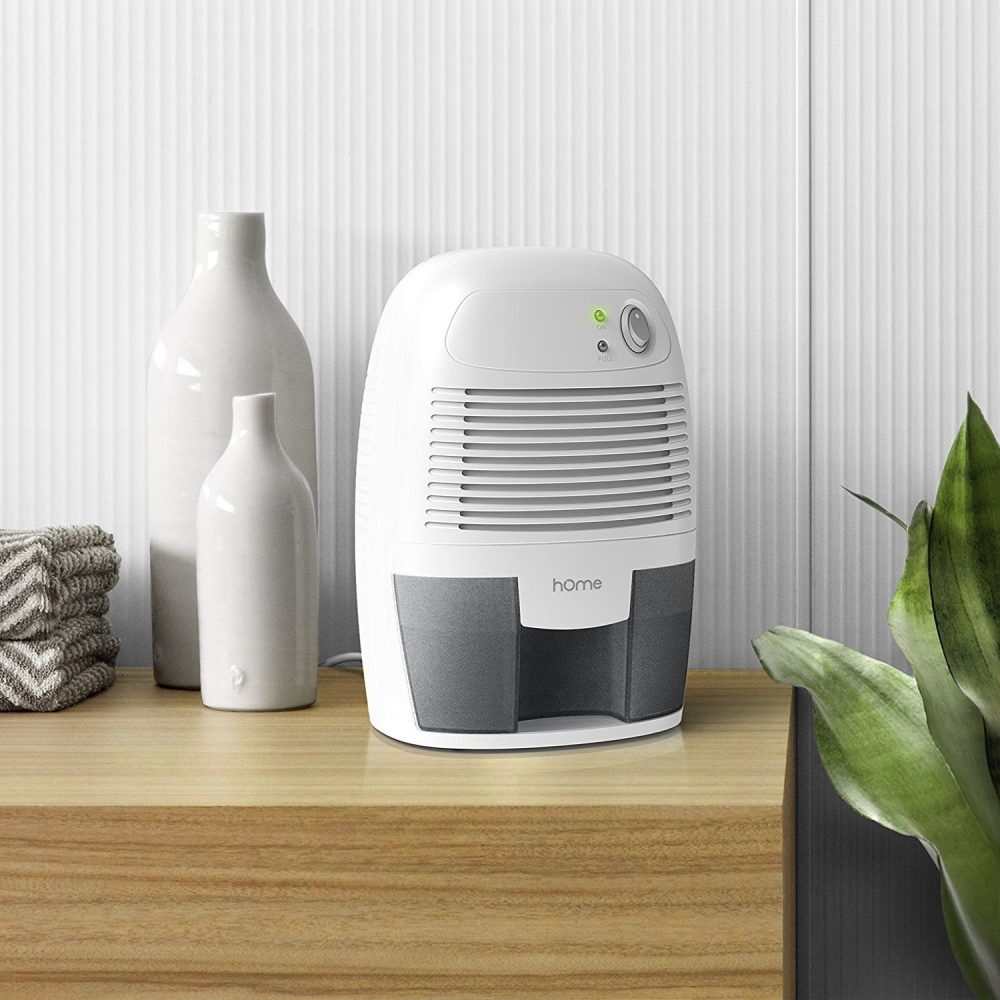 Conclusion
Conclusion